Ongoing Battle to Keep Toxic Chemicals at Bay
Circle of Blue
FEBRUARY 15, 2023
Ongoing Battle to Keep Toxic Chemicals at Bay Outdated federal water laws and chemicals that were approved for industry without assessing for risk leave Ann Arbor and other communities struggling to ward off water contaminants before they foul drinking supplies. It’s frustrating,” he said. In the case of PFAS alone, a U.S.


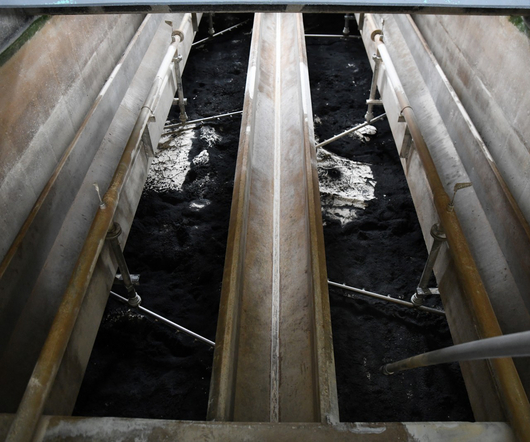
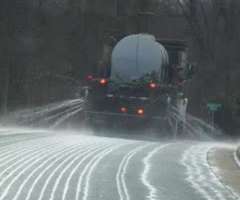


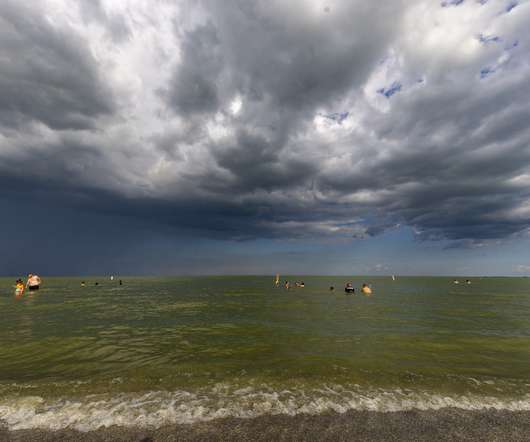


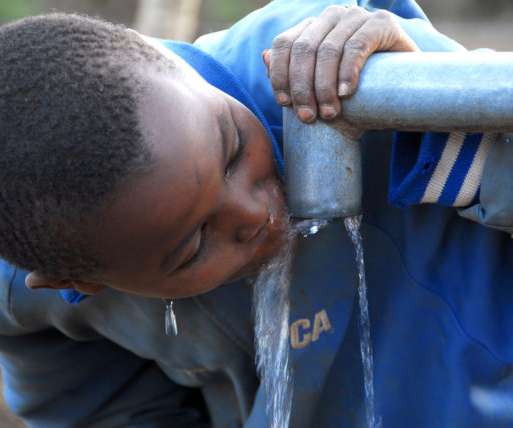

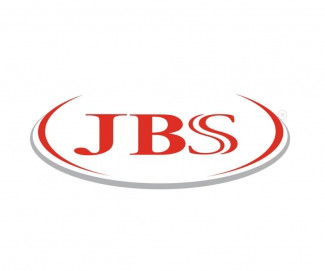
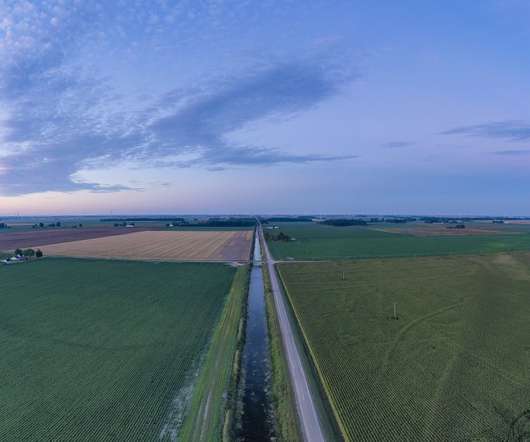











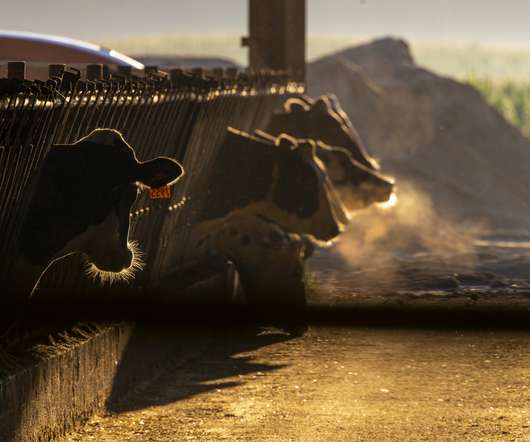








Let's personalize your content